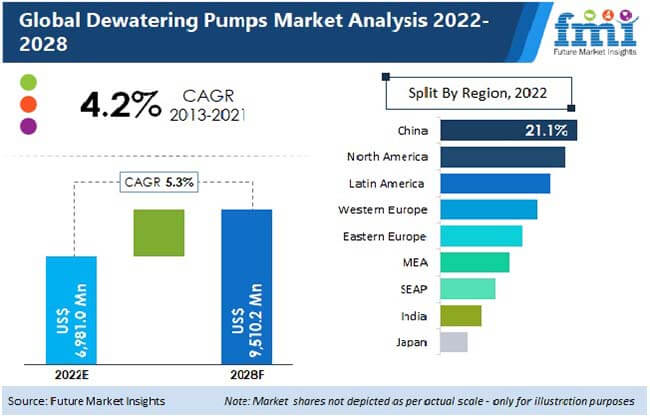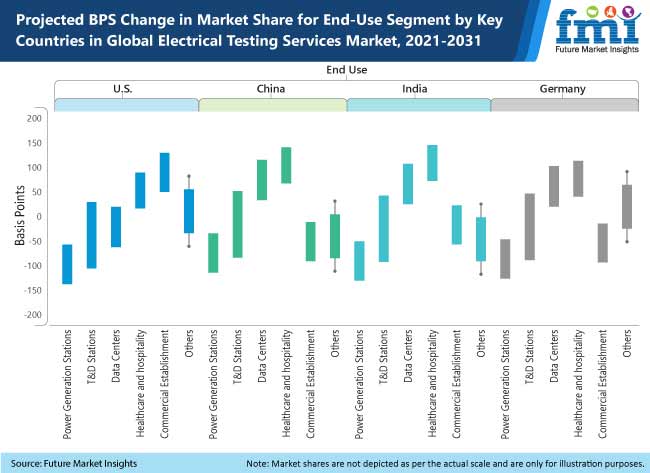Increasing demand for electrical stimulation to treat urinary incontinence is expected to boost the global pelvic floor stimulator market. According to a report by Future Market Insights (FMI), the global pelvic floor stimulator market was valued at US$ 110.4 Mn in 2020 and is predicted to expand at a CAGR of over 8.8% during the forecast period (2021–2031).
Weakening of pelvic floor muscles, urinary tract infections, menopause, constipation, obesity, and alcoholism are the main causes of urinary incontinence. The rising prevalence of these conditions, added to the growing elderly population, are major drivers for the global pelvic floor stimulators market.
Similarly, a high level of portability and lower costs of mobile devices in contrast to fixed devices or surgical treatments, and progressive therapeutic results and easy access to patients through over-the-counter (OTC) medical channels are expected to drive demand.\
To Get Sample Copy of Report visit @ https://www.futuremarketinsights.com/reports/sample/rep-gb-13187
Initiatives undertaken by government and non-governmental organizations to create awareness are increasing the demand for pelvic floor stimulators. For instance, the Australian government has started a program “National Continence Management Program.”
The government of Australia also started “The continence aids payment scheme (CAPS).” COVID-19 kicked the pelvic floor stimulators demand into high gear—and this extended to consumers increasing their adoption using online sales channels. However, lack of labor, halt on transportation, and disruptions in the supply chain, has affected device availability and growth prospects for the near future.
Manufacturers are focusing on research and development activities to develop unique and technologically advanced devices with rechargeable functionality. In March 2019 InControl Medical received FDA approval for a new Attain designed for at-home use to women in the U.S. suffering from stress, urge, mixed urinary incontinence or bowel incontinence.
Key Takeaways from Pelvic Floor Stimulator Market Study
- Electrical stimulators will reflect a revenue share of more than 66% with a CAGR of 9.1% owing to the high demand for treatment research for urinary incontinence.
- Urinary Incontinence holds a share of over 75% in 2021, due to the growing geriatric population which is prone to urinary incontinence.
- The U.K and Germany are leading markets in Europe, cumulatively accounting for over 45% of the regional value share, owing to consumer reliance on technology for health information.
- Driven by a matured healthcare and research sector, the U.S., will account for more than 78% of the North America market by 2031.
- China is a high potential market reflecting a 9.9% CAGR, driven by a rapidly growing consumer demographic of geriatrics.
“Increasing prevalence of pelvic floor disorders and subsequently rising increasing awareness about the benefits electrical stimulation in the treatment of urinary incontinence are driving the adoption pelvic floor stimulators on a global scale through 2031,” says the FMI Analyst.
Key Participant Insights
Key players in the market are focusing on strategic collaborations, acquisitions, and expansion. Furthermore, product launches, agreements and research sponsorships are key strategies adopted by manufacturers to expand their research and development capabilities, while increasing their sales by strengthening product portfolios in the pelvic floor stimulator market.
In August 2020, Medtronic expanded leadership to launch InterStim Micro Neurostimulator and InterStim SureScan MRI Leads, for treating bladder and bowel control conditions.
For Complete TOC @ https://www.futuremarketinsights.com/toc/rep-gb-13187
Want More Insights?
Future Market Insights (FMI) brings the comprehensive research report on forecast revenue growth at global, regional, and country levels that provides an analysis of the latest industry trends in each of the sub-segments from 2016 to 2031. The global pelvic floor stimulator market is segmented in detail to cover every aspect of the market and present a complete market intelligence approach to the reader. The study provides compelling insights on the pelvic floor stimulator market on basis of product type [Electrical stimulators and Magnetic Stimulators], application (Urinary Incontinence, Sexual Dysfunction and Neurodegenerative Diseases). Based on End User [Hospitals, Ambulatory Surgical Centers and Specialized Clinics] across seven major regions.


